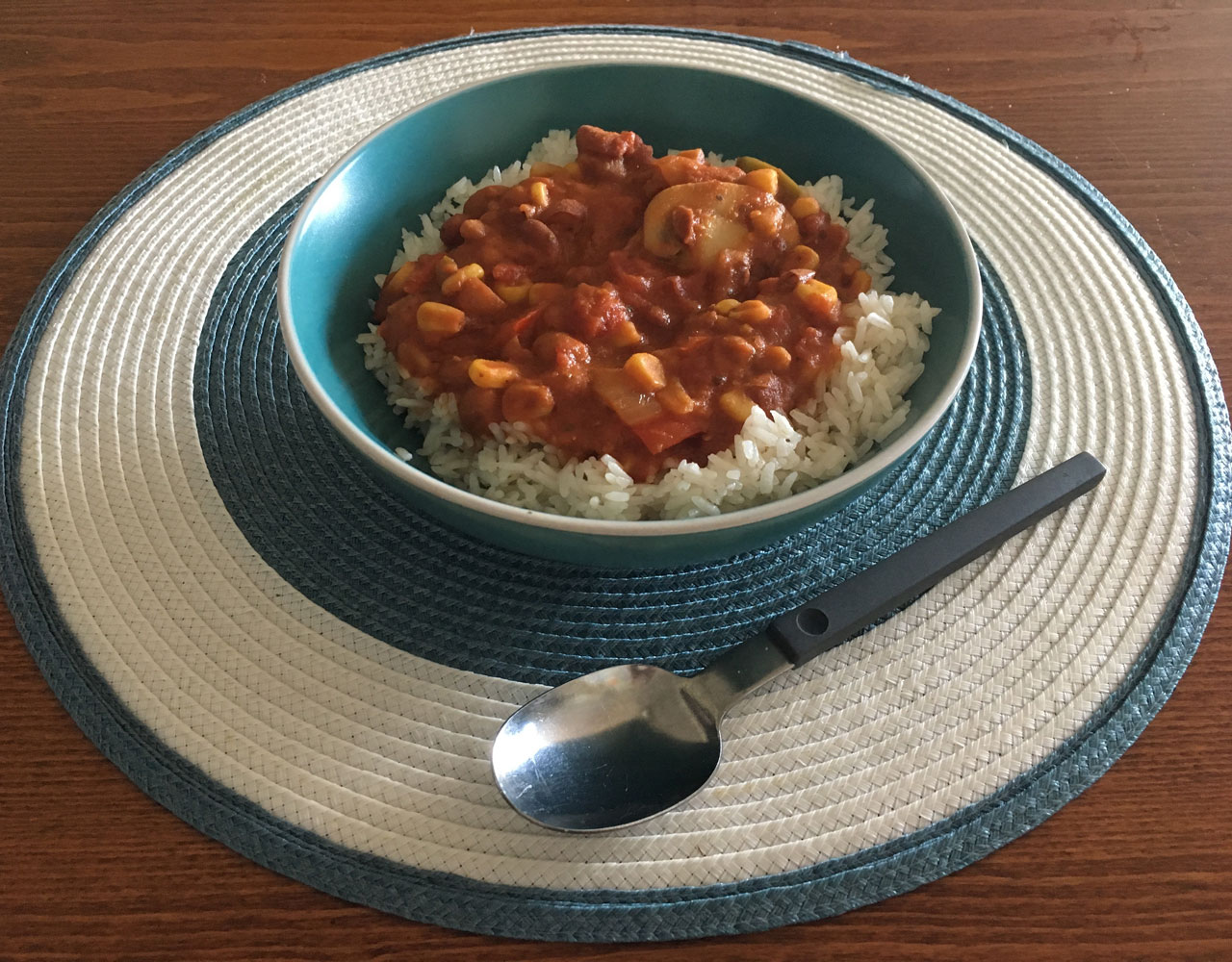Like many people, watching What the Health had me suddenly eyeing the food in my fridge with suspicion.
Released in March 2017, the pro-vegan documentary directed and produced by Kip Anderson aims to persuade viewers to take up a solely plant-based diet by presenting them with scary statements about the havoc animal products can purportedly wreak on the human body. Among its shocking claims, the documentary states that eating one egg is as bad for your health as smoking five cigarettes per day and that consuming dairy can increase your risk for certain types of cancer.
Growing up, my family had largely avoided eating pre-packaged foods in favour of home-cooked meals with fresh ingredients, but we had always eaten animal products. Eggs for breakfast, a ham sandwich for lunch, a glass of milk with dinner. By trying to cook healthy meals, had we been accidentally poisoning ourselves for decades?
While articles published by the National Post and TIME have called many of the disturbing health claims of the documentary into question, the film nonetheless made me question my ‘I’ll eat anything’ attitude.
Since moving off-campus last year, I’ve been making an effort to cut back on my meat consumption. Besides not trusting myself to be able to cook it correctly, meat is expensive when you’re on a student budget. My boyfriend is vegetarian, and spending last Thanksgiving with his family showed me how tasty tofu can be.
I used to think eating vegetarian or vegan meals meant sticking to a diet of salad and birdseed and sadness. If you’re the type of person who thinks that a handful of almonds is the perfect snack, rest assured I’ll never be bugging you to share. But as more and more people make the switch to a plant-based diet, veganism is becoming less niche and more accessible. There are YouTube channels and Instagram accounts dedicated to showing people how tasty and inviting a vegan diet can be. Many foods will advertise their vegan status on their packaging, and restaurants specializing in vegan fare have been growing in popularity.
With a seemingly endless supply of support resources, it seemed worthwhile to at least give going vegan my best shot. Aside from supposedly ceasing to poison myself with animal products and freeing my conscience from consuming a cute pig or cow, there were other perks I saw to trying veganism. Avoiding animal products would lessen my chance of catching a foodborne illness from meat not being cooked properly or milk spoiling. I’d also heard that eliminating dairy products from your diet can help to control acne, which was a goal my pimple-prone face was always on board for. And so, the decision was made to finish the cheese and yogurt I had on hand in my fridge before ceasing to purchase any more animal products on my future trips to Loblaws.
Going into this, I feel that it’s important to acknowledge my privileged position of having no food allergies or dietary restrictions. I have the ability to go to a grocery store and choose what I want to eat from a huge variety of options. This made my decision to try going vegan a lot more feasible than it would be for many people around the world.
Vegan grocery shopping tips and tricks
If you don’t earn a six-figure salary and paying five dollars for a loaf of bread at Whole Foods causes you physical pain, check out the ‘natural food’ aisles at your usual grocery store for some vegan meal inspiration. If you’re feeling overwhelmed and unsure where to begin, start by finding the animal-free versions of foods you would normally eat. A two-litre carton of almond milk is cheaper than a two-litre carton of cow’s milk, and its best-before date extends for weeks longer. A pack of two dozen frozen veggie meatballs at Loblaws costs less than $5. Mix them in with some pasta noodles and yummy sauce for animal-free spaghetti and meatballs, and put the leftover meatballs and sauce into hot dog buns to make vegan meatball subs. Not revolutionary or Instagram-worthy by any means, but easy and tasty.
As a person who needs to eat breakfast, I used to be a big fan of having a bowl of yogurt and granola to start my day. I wanted something filling that I could eat quickly before class. Now in its place, I’ll make some instant oatmeal and add in whatever fruit I have on hand–some mashed-up banana, or strawberries. It’s a nice warm hug on a cool fall morning for your digestive system.
Buying prepared vegan meals, like a frozen pad Thai or snack foods, can run on the expensive side. Rather than buying pre-made freezer meals, use them for inspiration. Buying ingredients like tofu and soybeans on their own to combine in a pan yourself later can result in the same food at a cheaper per-portion price.
The internet is full of blogs and cooking websites suggesting thousands of different vegan recipes. Check out Pinterest for endless meal ideas that range from quick and easy to Iron Chef expert level. You can also search out vegan cooking substitutions to make some of your usual kitchen creations without animal products. For example, one mashed banana can be used to substitute one egg in a recipe. I find this also adds extra flavour when I use banana instead of egg in my pancake batter.
Attempting to eat vegan doesn’t mean that I don’t miss certain foods or that I don’t cheat on occasion. I love sushi with fish, souvlaki is delicious, and roasted duck is my favourite fancy meal. The Ontario Tobacco Research Unit says that it takes the average smoker 30 tries before they successfully quit, and that only two per cent of quit attempts are successful. And if eating an egg is equivalent to smoking five cigarettes, I’d say that the occasional omnivorous slip-up is permissible–as long as you don’t quit quitting.
Photo by Shannon Lee





![Here’s how your favorite media platforms shape your world view without you realizing it Advertising revenue and subscriptions are the main source of income for news outlets. [Graphic by Sara Mizannojehdehi]](https://charlatan.ca/wp-content/uploads/2021/07/11BE7ADB-1CC8-46E8-ADB4-568B3C7F1265-218x150.jpeg)
